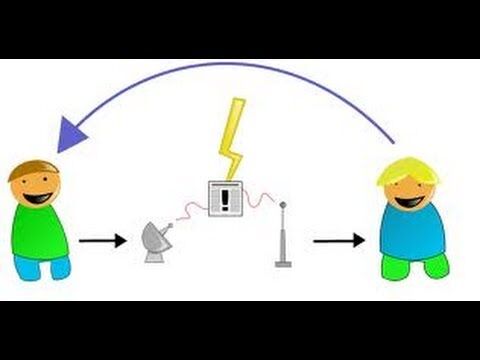
As an emergency manager I rely on the planning process to ensure that nothing “falls through the cracks”. One of my main worries is that my wife and I work in different counties. I travel a lot for work, and neither of us have family near our homes or our jobs. What If a “no notice” catastrophic disaster occurs during the day. How am I going to communicate with my wife to ensure she can get home safely?
Your family may not be together when a disaster occurs. This make a communications plan important to have. You need to know how to contact each other.
Here are Some Tips Based on Emergency Management Field Experience
- Identify an out-of town contact. It may be easier to make a long-distance phone call than to call across town, so an out-of-town contact may be in a better position to communicate among separated family members.
- During the 2011 Alabama tornadoes my in-laws were not able to communicate via phone even though they all were in the same county, but since I had a Tennessee cell number, the system allowed me to call in. Every couple hours I made “health and welfare” calls to each member of my family and passed messages back an forth. This works because sometimes phone companies limit phone traffic by area code to keep from overwhelming the system.
- Once you have identified an out of state contact, make sure everyone knows the number and has means to contact it. Older plans call for everyone having coins or a prepaid phone card, but how many pay phones have you seen lately? A better plan would be a prepaid cell with the number programed as “ICE” or in case of emergency.
- Make sure you tell your contact they are listed as your emergency contact.
- Teach family members how to use text messaging (also knows as SMS or Short Message Service). Text messages can often get around network disruptions when a phone call might not be able to get through. This is because it takes a lot less bandwidth to send a text than it does a phone call.
- Subscribe to alert services. Many communities now have systems that will send alerts to inform you about local issues like weather alerts and road closings. Tennessee makes great use of sites like twitter and the Tennessee Emergency Management Agency website to inform the public.
- Consider social media. As learned from recent revolts and social uprisings Facebook and other sites are great for sending sitreps (Situation Reports) but please take into consideration that others besides your family can see whatever you post.
- The red cross has a service known as “safe and well” in this service family members that have went to a red cross shelter can register online so that individuals with personal knowledge can look up family members to see that they are “safe and well” at a shelter.
- Consider ham radio. Amateur radio is a large part of my family’s communication plan. A license is very easy to get and costs less than $20. In a later post I will review a ham radio that costs around $100. At that price most anyone can afford to get a couple for family communication.
Make a Plan That Works for Your Situation
In closing, a plan should reflect your personal circumstances, should be specific, and realistic. An actual disaster situation may make your plan obsolete. However, the activities required to make a plan, train your family on it, and then TEST it will make the plan invaluable in a disaster. Best of all, a communications plan will end the “I could not get a hold of you” excuse teens love to try.
